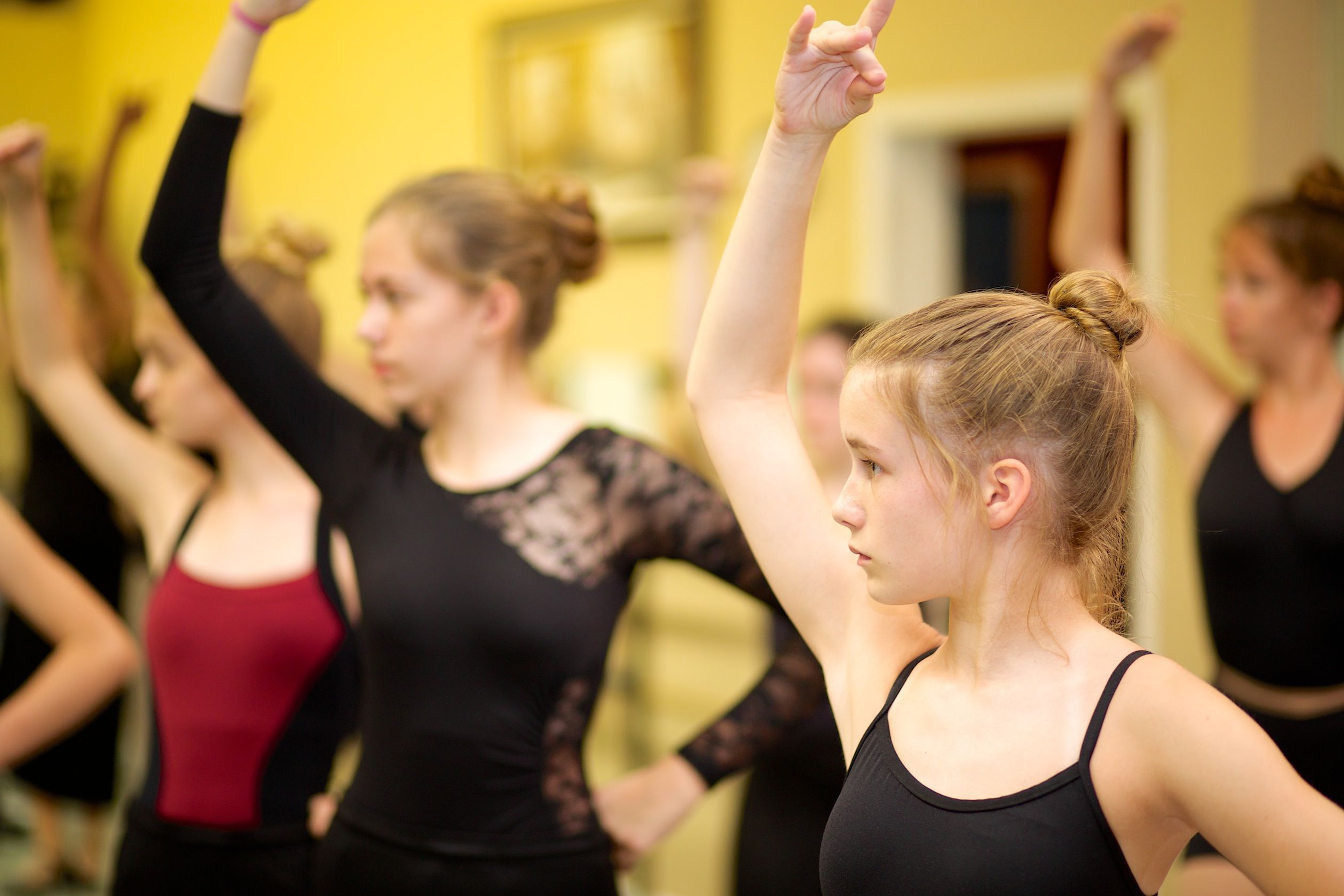The dancers of Seville
Flamenco Rouge sparks local interest in a complex art form
Twelve-year-old Christine Myer and a dozen other local ballerinas will fly this fall to the Spanish city of Seville to take flamenco classes from one of the dance form’s best-known artists.
Seville is a global hub of flamenco, the fiery dance that fuses elements of music, movement and song from Spain, North Africa and Roma—sometimes called gypsy. Every two years, Seville’s flamenco festival draws dancers, musicians and admirers from around the world.
The Baton Rouge group that will travel there in September—parents and dance teachers will boost its number to almost 40—will precede this year’s festival by about a week. But Seville will already be bustling with world-class flamenco performances in venues as varied as outdoor arenas and tiny restaurants on narrow streets of the city’s historic district.
Organizers of a new Baton Rouge nonprofit group focused on flamenco dance and music hope the Seville journey is the first of many for area residents initiated into the joy of flamenco. That group, Flamenco Rouge, is working to expand community opportunities to learn and appreciate flamenco through a range of initiatives, including more local appearances by renowned dancers and musicians in Baton Rouge.
“The goal is to let people learn and celebrate this form of dance,” says Renee Chatelain, executive director of Manship Theatre. “Besides that, it’s just beautiful.”
Over the past couple of years, Flamenco Rouge has worked with the Manship Theatre to bring flamenco performance and instruction to Baton Rouge. Events include Manship and community dance and musical performances, free adult classes in the complex dance form through the Manship on the Move program, and youth lessons at The Dance Center and School for Performing Arts, where Christine and other young dancers usually focus on ballet. The free classes at Manship draw both experienced dancers and beginners looking for the fun of trying something new.
“It’s a very difficult dance,” says Jennifer White, owner of The Dance Center, “but also a blast.”
Providing opportunities for local dancers of every level to learn the complex, 12-count dance is a priority for Flamenco Rouge. To that end, it coordinates bimonthly visits to Baton Rouge by a husband-and-wife team of flamenco experts, based in Arizona. Since 2013, Tucson flamenco guitarist Chris Jacome and his wife, dancer Lena Jacome, have come to the Capital City to teach and perform during weeklong stays.

Fittingly, the roots of Flamenco Rouge are exotic, tracing neither to Baton Rouge nor Seville but to Albuquerque, New Mexico. That’s where local businessman, philanthropist and jazz musician Scott Purdin was when he wandered into the backroom of a bookstore 15 years ago while his daughter was competing in equestrian events held in that city each July.
The fast, bright sound of a guitar had drawn him to the back of the store. There Purdin found the owner strumming a guitar and instructing a dancer in an intricate series of steps. A former professional jazz trombonist, Purdin was hooked.
“It was just gorgeous,” he recalls.
Over the next decade, when he returned to Albuquerque for horse shows, Purdin would take lessons from the bookstore owner, an expert flamenco guitarist who turned out to be a key player in that city’s well-established flamenco scene. Purdin returned to his hotel room each afternoon after his lesson to practice like mad until the next day’s lesson. He took lessons in Albuquerque each July for more than a decade.
Over time, Purdin traveled to Spain for more lessons. He learned Spanish and kept practicing the dance. He took a lesson from expert guitarist Chris Jacome during a trip to Tucson a couple of years ago, and the men hit it off. Purdin recognized that the Jacomes, who learned flamenco as adults, were exceptional teachers. Back in Baton Rouge, he approached Chatelain to explore ways to bring that combination of artistry and teaching ability to Baton Rouge. Flamenco Rouge emerged from the effort, committed to bringing the duo to town for public performances and teaching opportunities, including master classes in LSU’s dance program.
The Arizona couple will accompany the local group to Seville in September, in part to provide translation during dance classes. Purdin, who will also make the trip, is helping to offset the travel expenses of young dancers, but the girls have also held fundraisers, including a tapas party. Purdin says he hopes to organize a second trip, specifically for college-age dancers, soon.
Rhonda Myer, Christine’s mother, also will make the upcoming trip to Seville. She says Christine jumped at the chance to learn flamenco, and to travel to Spain. But there was a more fundamental reason the ballerina added flamenco to hip-hop and other dance forms she enjoys.
“She just loves to dance,” Myer says.












